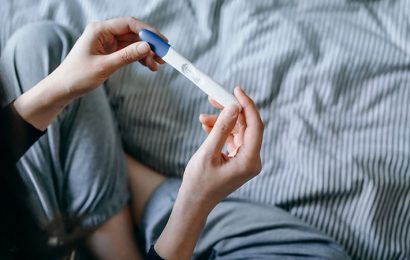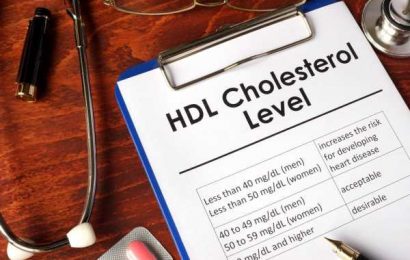NEW YORK (Reuters Health) – Minority students who choose to specialize in surgery may be more likely than white students to say they plan to practice in underserved areas, a new study finds.
An analysis of data from nearly 60,000 students who completed an American Medical Association graduation questionnaire revealed that among those who planned to pursue surgery, minorities were generally between two and three times more likely than their white counterparts to report they intended to practice in underserved areas.
Moreover, women pursuing surgery were more likely than men to say they intended to practice in underserved areas, researchers report in JAMA Surgery.
“There is a lot of inequity in surgical care in the U.S., especially in both rural and urban underserved areas,” said the study’s first author Mytien Nguyen, an MD and PhD candidate at Yale School of Medicine in New Haven, Connecticut. “Because surgeons have a unique skill set in terms of the patient care and services they can provide, an equal distribution is important. The message from our study is that we have to invest in a workforce that reflects the U.S. population.”
To take a closer look at which students were more likely to be interested in eventually working in an underserved area, Nguyen and her colleagues turned to individual-level data provided by the Association of Medical Colleges student-record system, and the National Board of Medical Examiners for a national cohort study of more than 92,000 U.S. medical matriculants from 2007-2008 to 2011-12.
The researchers found that among the 88,059 medical students who graduated, 65% completed the graduation questionnaire and indicated a specialty of interest. Among them were 48,096 who had complete data on demographic and academic characteristics. These students were included in the study.
Twenty-one percent said they intended to pursue surgery. Students were less likely to pursue surgery if they were female or Black. Just 17% said they intended to practice in underserved areas after graduation. Compared with female students, males were less likely to say they intended to practice in underserved areas after graduation.
Compared with white students, Black students (adjusted odds ratio, 3.24), Hispanic students (aOR, 2.00), multiracial Black and white students (aOR, 2.27), and Indian/Pakistani students (aOR, 1.31) were all significantly more likely to report an intent to practice in underserved areas.
Students who reported participating in community-health (aOR, 1.61) or global-health (aOR, 1.83) experiences were also significantly more likely to report an intention to practice in underserved areas than those who didn’t have such experiences.
“It has long been known that non-white students across medical disciplines are more willing to practice in underserved areas,” said Dr. Peter Muennig, a professor of health policy and management at Columbia University’s Mailman School of Public Healt, in New York City. “This survey suggests that it might be true for surgery as well. Of course, it is a cross-sectional survey, subject to confounding, social desirability bias, and other forms of bias.”
“Longitudinal data are needed to determine whether people who say that they wish to work in underserved areas actually will,” Dr. Muennig, who was not involved in the study, told Reuters Health by email. “We also do not know for sure whether diversifying a medical school class will, on its own, increase service in lower-income areas. For that, you need a randomized trial.”
SOURCE: https://bit.ly/3lcKoKo JAMA Surgery, online October 6, 2021
Source: Read Full Article


